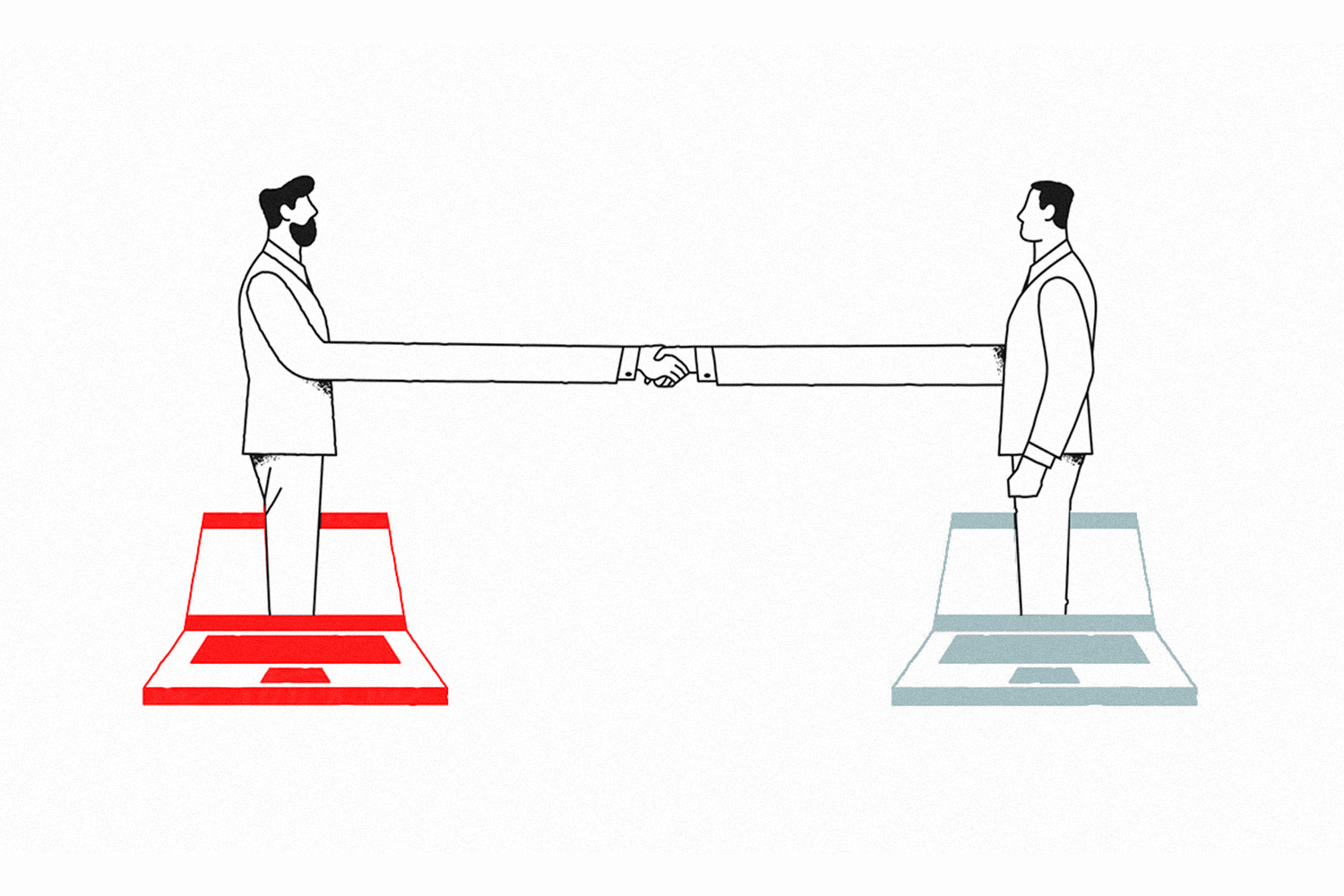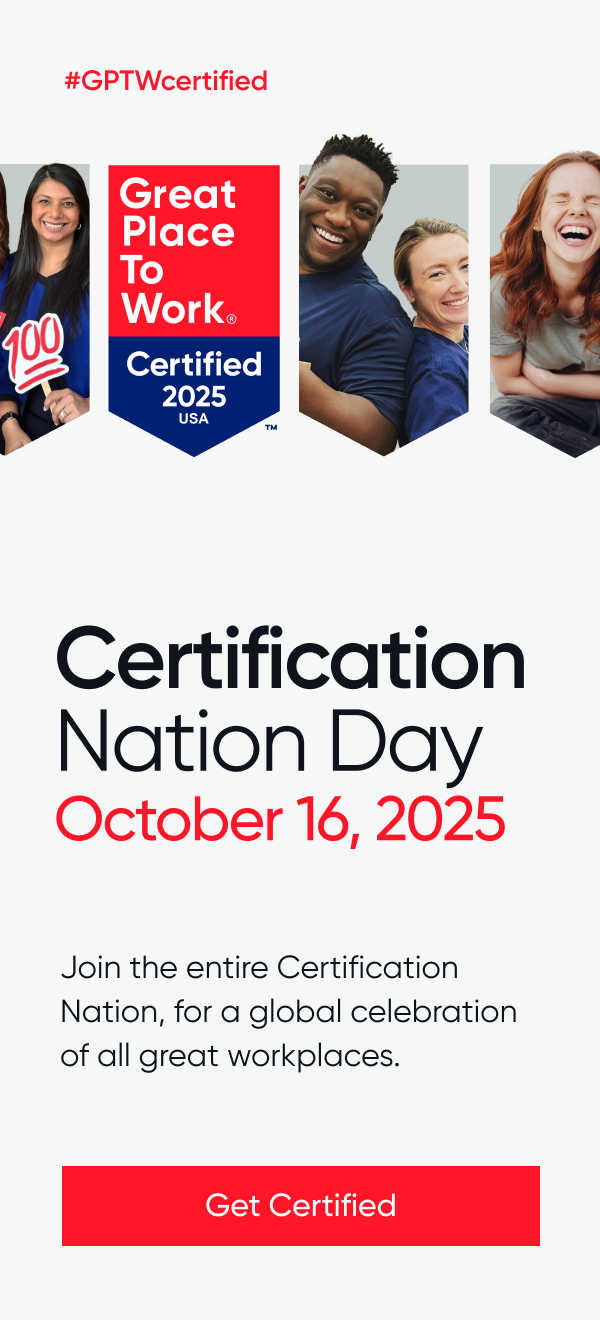A Model for Increasing Dialogue in Workplace Culture
There is no denying that patterns are a powerful force. Waking up at the same time every day, feeling tired every afternoon, talking to the same twelve people in the course of work week: we all have our patterns. There are many benefits to having patterns; however, when we develop complacency to these tendencies, we can become less sensitive to peripheral possibilities.
When we last met, we learned the value the practice of dialogue instills in a workplace culture. I would like to linger around this concept by expanding on the cultural patterns of communication that permit dialogue. The truth is, and I use that phrase sparingly, not all workplace cultures will support dialogue. Great workplaces have the appropriate patterns of communication, or they have the permissions to create such patterns.
In his book, Corporate Integrity, Professor Marvin Brown discusses what he labels the “four communicative culture types:” Monocultural, Ethnocentric, Modernistic and Cosmopolitan. In Monocultures, stories and assumptions are passed down to each successive generation and are treated as unquestionable traditions. Ethnocentric cultures are similar to Monocultures in many ways, but they dismiss anyone who does not share their assumptions. This leads to a mental model that says, “our way is the only way, and any other way is wrong.” Dialogue is simply incapable of existing in either of these two cultures because it threatens their very foundation.
Modernistic cultures, in so far as I can see, have the ability to adopt the practice of dialogue but only for a short while. They are characterized by a fervent belief in progress, thus, once dialogue is deemed an ancient practice, it will be disregarded for what is new.
Finally, there is the Cosmopolitan culture which can sustainably weave the practice of dialogue into its patterns of communication. Discussing the nature of this culture, Brown said, “Perhaps the most significant aspect of cosmopolitan communication is its reflexive nature. It enables participants to become aware of the communication patterns in which they are involved and, from this awareness, acquire the possibility to change them”.
The Cosmopolitan culture is a great model to follow when working to strengthen your own workplace culture: be self-aware of the patterns you participate in and challenge their effectiveness. Brown also offers a line of hope for the other communication types, but it would require them to move away from their assumptions and towards more cosmopolitan behaviors. Generally speaking, other types of communicators would need to be more curious and appreciate the value of a different point of view, as well as stick with ideas that work and let go of ones that are no longer appropriate for an effective workplace culture.
If you see value in the practices of dialogue, then it is important to assess your cultural patterns of communication; and if they do not support dialogue’s principles, then it might be time for a little cultural clean-up.
Joseph Alonzo recently graduated Saybrook University with a Master's degree in Organizational Development and is a guest blogger for Great Place To Work®
Interested in opening up a dialogue with your employees? We can show you how:
After 25 years of research and data from millions of employee surveys, we at Great Place To Work know that Trust is the key to a great workplace culture. That is why the Trust Index© Employee Survey is the most extensive employee survey in corporate America, and is the primary research tool for assessing and rating organizations that appear on the annual FORTUNE 100 Best Companies to Work For® list. Learn more about the Great Place To Work Trust Index© Employee Survey.







